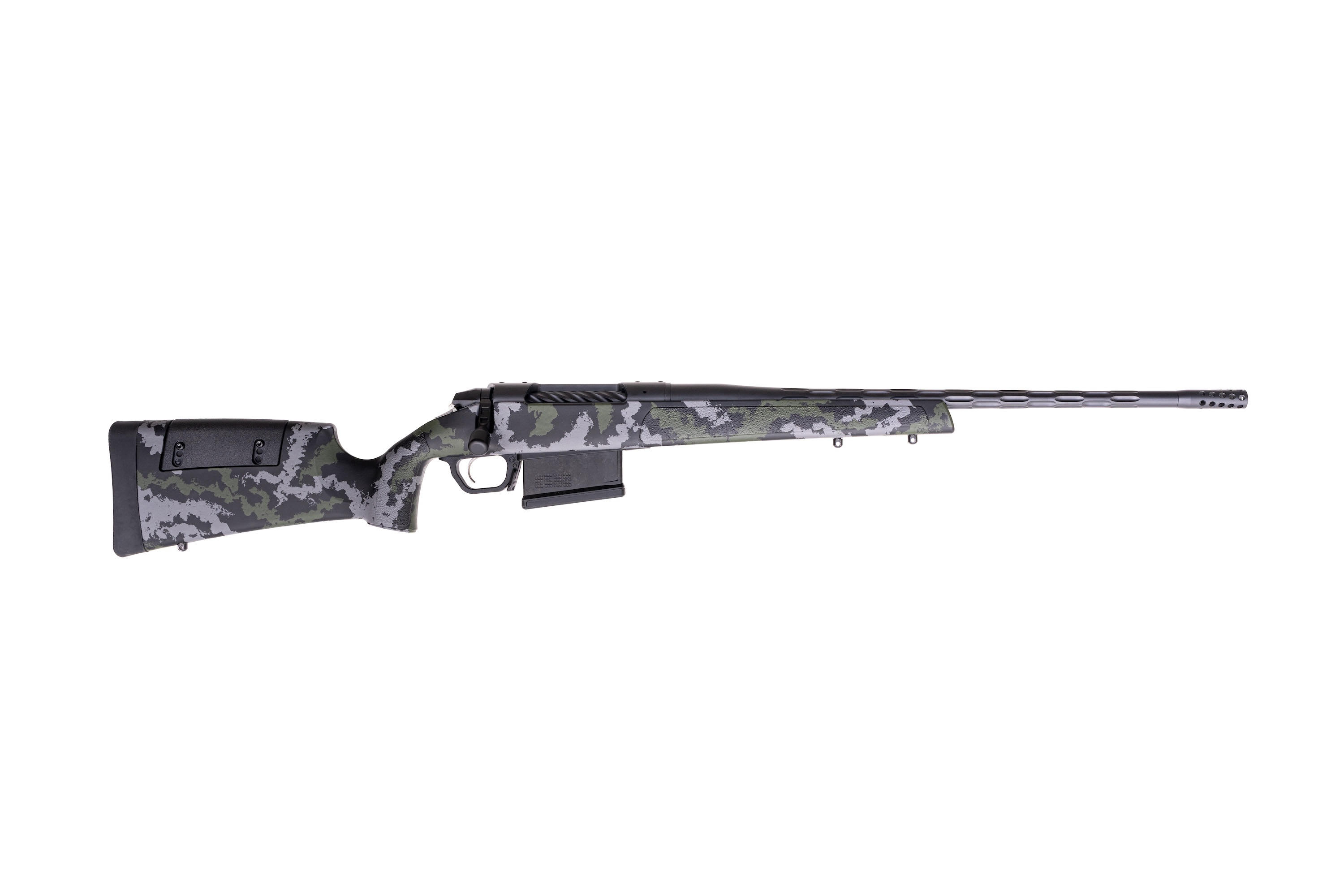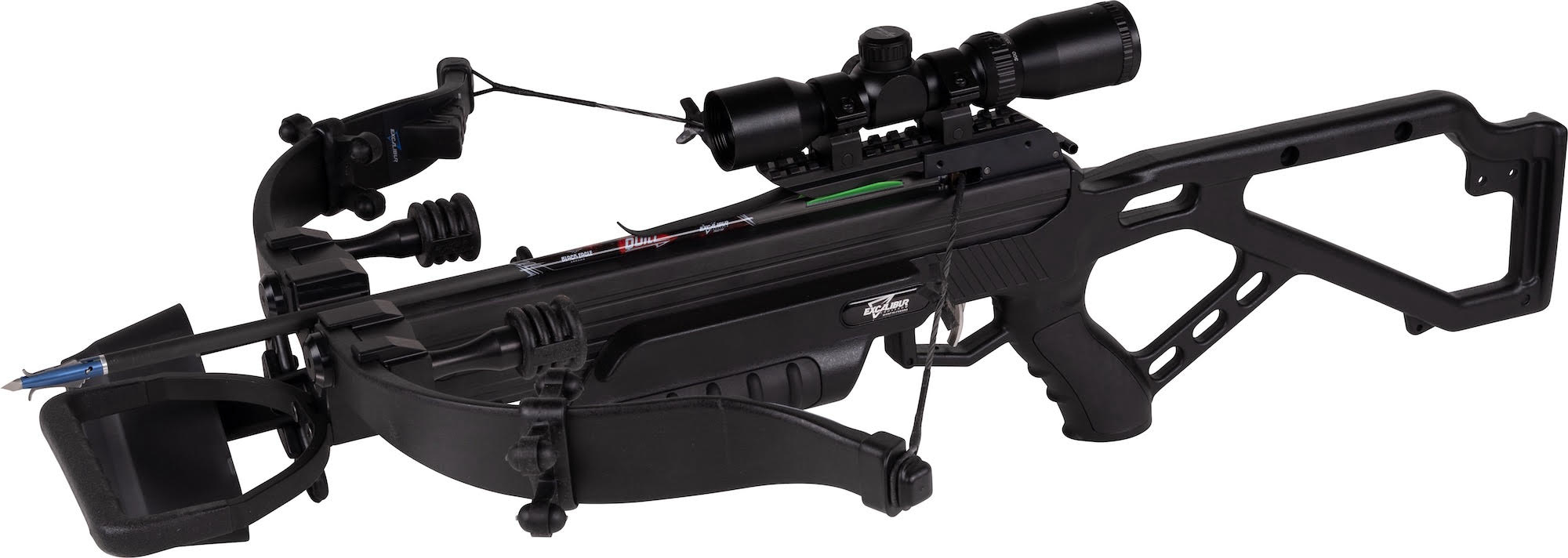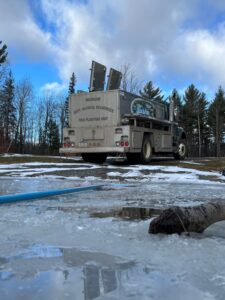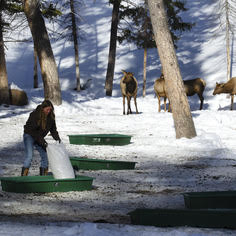HOWA Releases New 22 ARC In Their Mini Action Series of Bolt-Action Rifles

Legacy Sports International and Howa Precision Rifles continue to expand their very popular Mini Action rifle platform with a variety of calibers and stock options.
The latest offering is the Hot New 22 ARC caliber which is a great addition to the varmint calibers, match and precision shooting enthusiasts.
Gas gun aficionado’s love the idea of having a compact bolt rifle in their arsenal to complement their ammo utilized in their AR’s and the Howa Mini Action Series fits that bill perfectly with the options already of a variety of calibers and now with the addition of the 22 ARC caliber there will be even more happy AR enthusiasts with this new offering of the 22 ARC in the compact and lightweight Howa Mini Action lineup.
The 22 ARC outperforms all 22 caliber cartridges in its class, it rivals 22-250 performance in a mini action, has dual purpose match and varmint applications and is designed to take advantage of today’s long ogive, high-BC bullets with a variety of ammo offerings available from Hornady to utilize – 62 gr. ELD-VT in the V-Match, 75 gr. ELD Match in Black and 88 gr. ELD Match. Read more







